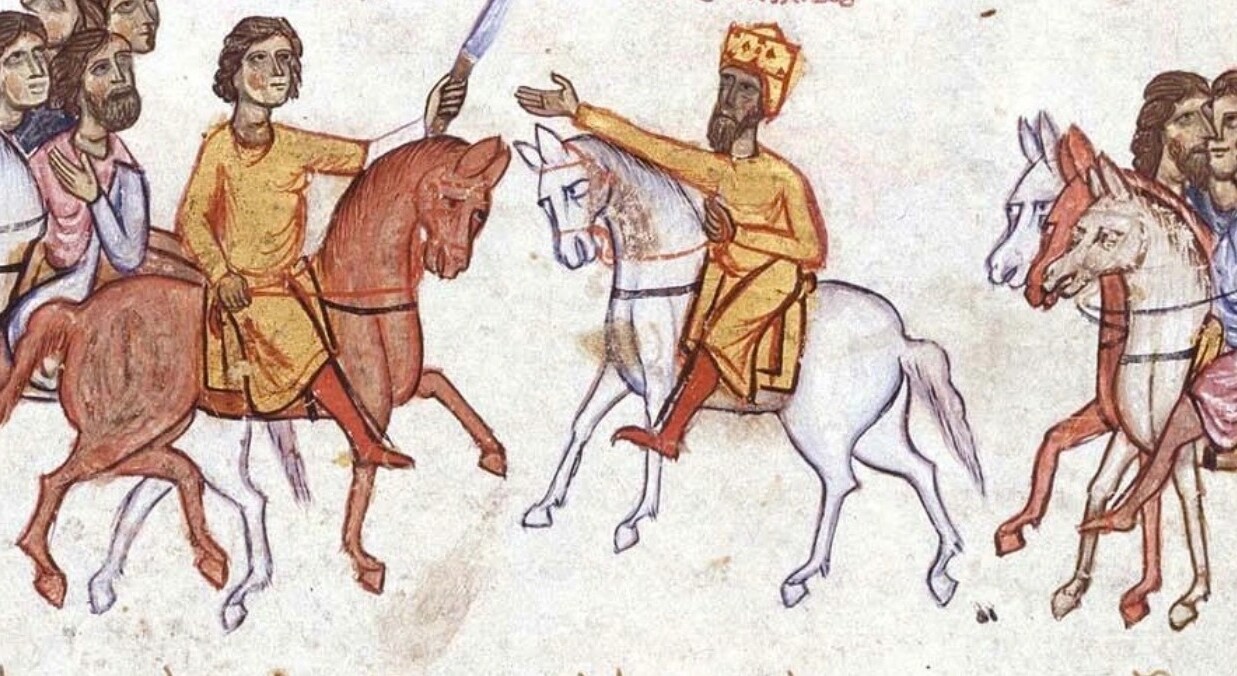
The vast expanse of outer space has always been a subject of fascination and wonder for humanity. It is a realm filled with mesmerizing celestial bodies, awe-inspiring phenomena, and potential for discovery. However, amidst the beauty lies a dark and alarming problem: space debris. These discarded fragments, ranging from defunct satellites to spent rocket stages, pose a serious threat to both manned and unmanned space missions.
In this article, we will delve into eight mind-blowing facts about space debris that highlight the urgency of addressing this issue. From the sheer quantity of debris to the potential catastrophic collisions, join us as we explore the intricacies of this silent menace that lurks above our heads.
Key Takeaways:
- Space debris is a growing problem as defunct satellites and rocket stages continue to accumulate in space, posing a threat to operational satellites, spacecraft, and even astronauts.
- Scientists are actively working on solutions to mitigate space debris, including capturing and removing debris, de-orbiting defunct satellites, and designing spacecraft with built-in systems to minimize debris impacts.
Space debris is a growing problem
Space debris refers to the defunct satellites, spent rocket stages, and other debris floating in space. With the increasing number of satellites and space missions, the amount of space debris continues to rise at an alarming rate.
Space debris travels at incredibly high speeds
Space debris can travel at speeds of up to 17,500 miles per hour, faster than a speeding bullet. At these velocities, even small fragments can cause significant damage to operational satellites and spacecraft.
There are millions of pieces of space debris
Estimates suggest that there are millions of pieces of space debris larger than a centimeter in size, circling the Earth. These include old satellites, rocket stages, and fragments from previous missions.
Space debris poses a threat to astronauts
Space debris poses a significant threat to astronauts aboard the International Space Station (ISS) and on future space missions. Even a small piece of debris can puncture a spacecraft’s hull or damage critical systems, endangering the lives of those on board.
Space debris can cause chain reactions
A phenomenon called the Kessler Syndrome occurs when a collision between two objects in space creates a cloud of debris that can lead to further collisions. This chain reaction can exponentially increase the number of debris and make certain orbits unusable.
Scientists are working on solutions to mitigate space debris
Space agencies and scientists around the world are actively researching ways to tackle the space debris problem. Some proposed solutions include capturing and removing debris, de-orbiting defunct satellites, and designing future spacecraft with built-in systems to mitigate debris impacts.
Space debris can be tracked from Earth
Specialized tracking systems on Earth can monitor and track larger pieces of space debris to predict their trajectories. This information helps satellite operators and space agencies make informed decisions to avoid potential collisions.
There are international guidelines to manage space debris
Recognizing the seriousness of the space debris issue, international guidelines have been developed to promote responsible space operations and minimize the creation of new debris. These guidelines include safely disposing of satellites at the end of their lives and reducing the risks of accidental collisions.
As we continue to explore and utilize space, it’s crucial to address the challenge of space debris. By taking collective action and embracing responsible practices, we can help ensure the long-term sustainability of space activities.
Conclusion
In conclusion, the issue of space debris is a pressing concern that cannot be ignored. The accumulation of space debris poses significant risks to both current and future space missions, as well as to human safety. As we continue to explore and expand our presence in space, it is crucial that we take proactive measures to mitigate and manage the growing space debris problem.Efforts are already underway to address this issue, such as the development of technologies to actively remove space debris from orbit. However, it is essential for governments, space agencies, and the international community to work together to establish comprehensive policies and regulations that promote responsible space activities.By raising awareness about the hazards of space debris and fostering a collective commitment to its prevention and cleanup, we can ensure the long-term sustainability of space exploration and protect our planet from the potential consequences of an increasingly cluttered space environment.
FAQs
1. What is space debris?
Space debris refers to the objects and fragments left behind in space as a result of human activities. These can include defunct satellites, spent rocket stages, and even small particles generated by collisions or explosions.
2. How does space debris form?
Space debris is primarily formed through two processes: intentional and unintentional. Intentional debris results from planned events such as satellite decommissioning, while unintentional debris is created through accidental collisions or explosions.
3. What are the dangers of space debris?
Space debris poses several dangers, including the possibility of collisions with operational satellites and space stations. These collisions can cause damage or destruction, jeopardizing ongoing missions and creating a cascade effect known as the Kessler Syndrome.
4. Can space debris be tracked?
Yes, space debris can be tracked using radar and optical sensors. This allows scientists and space agencies to monitor the movement and location of debris, aiding in collision avoidance and mission planning.
5. How can space debris be mitigated?
Efforts to mitigate space debris include designing satellites and rockets with disposal plans, implementing regulations for post-mission deorbiting, and actively removing debris from orbit using specialized technologies.
6. Who is responsible for cleaning up space debris?
The responsibility for cleaning up space debris lies with the countries and organizations that have contributed to its creation. However, there is a growing need for international cooperation to address this issue collectively.
7. What are the future challenges in managing space debris?
Future challenges in managing space debris include developing effective debris removal technologies, establishing global regulations and standards, and promoting responsible space practices among all spacefaring nations.
8. How can individuals contribute to the prevention of space debris?
While individuals may not have direct control over space activities, they can support initiatives that promote responsible space practices, raise awareness about the issue of space debris, and advocate for stronger regulations and cleanup efforts.
Space debris poses significant challenges, but innovative minds are tackling this celestial clutter head-on. Curious about the cutting-edge solutions? Explore fascinating facts about space debris remediation techniques that could revolutionize our cosmic neighborhood. International standards and guidelines play a crucial role in mitigating the impact of orbital debris, ensuring a safer future for space exploration and satellite operations. Unravel the enigmatic world of space debris mitigation efforts and discover how global cooperation is key to preserving our final frontier.
Was this page helpful?
Our commitment to delivering trustworthy and engaging content is at the heart of what we do. Each fact on our site is contributed by real users like you, bringing a wealth of diverse insights and information. To ensure the highest standards of accuracy and reliability, our dedicated editors meticulously review each submission. This process guarantees that the facts we share are not only fascinating but also credible. Trust in our commitment to quality and authenticity as you explore and learn with us.


